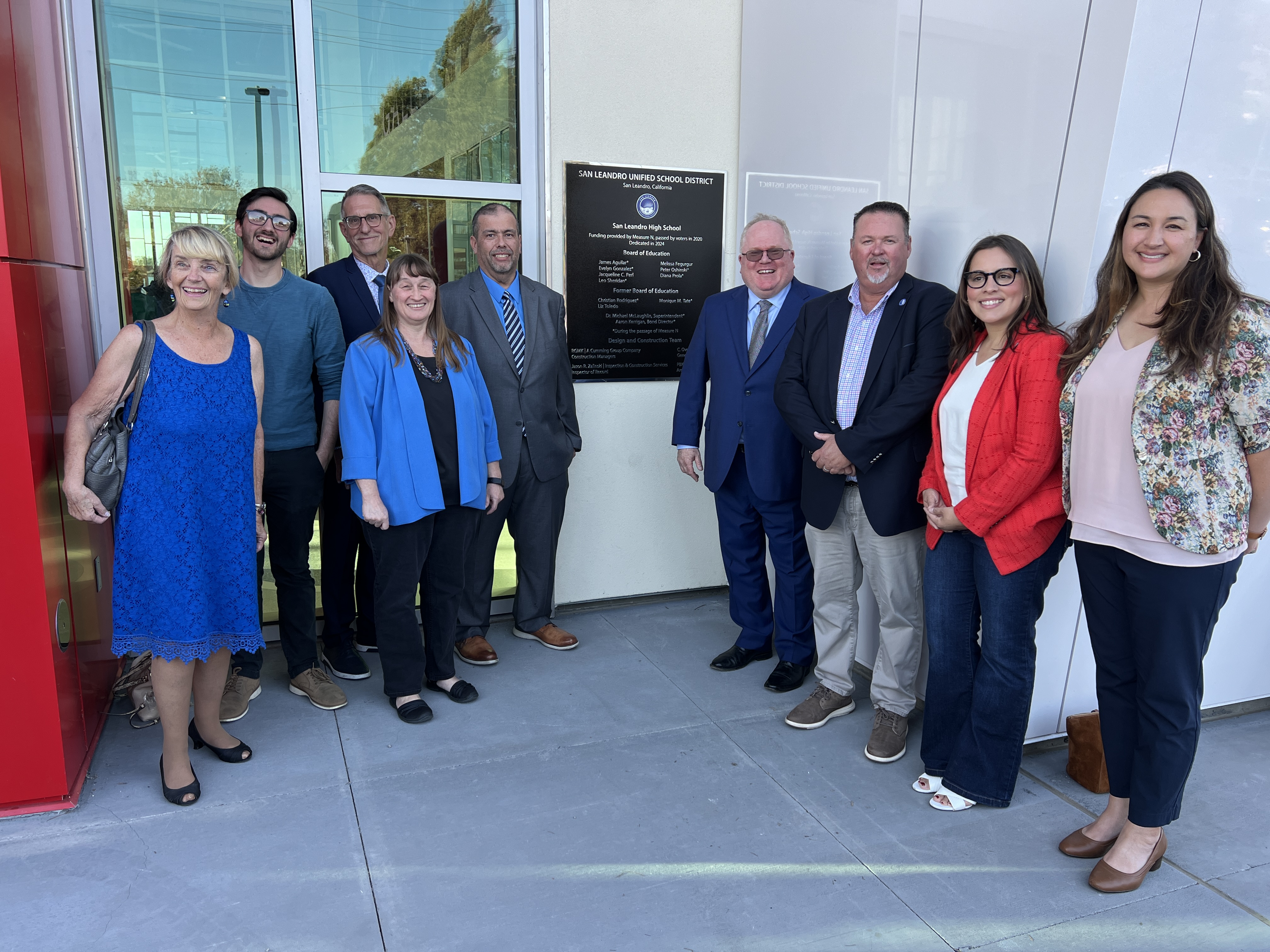Student engagement means providing students with programs, course work and opportunities — both in and out of the classroom — that motivate them and keep them in school.
Research shows that when students are healthy in mind and body, they are more engaged, miss less school, focus better in class, and are more likely to graduate. Different types of teaching methods can also keep more students engaged.
Students look forward to attending school when they feel a community of caring adults and peers support their success.
STUDENT ENGAGEMENT IS KEY FOR SUCCESS
The state collects and reports data on several aspects of student engagement for both schools and districts.
Measures of student engagement reported on the California School Dashboard include:
- The number of students who are chronically absent (when students are absent for more than 10 percent of the school year for any reason) which is newly available in 2017.
- High school graduation rates and change over time.
Schools and districts can support student engagement in many other ways, which can be locally measured and reported.
Indicators might include:
- The number and types of student leadership groups, on-campus clubs, and extracurricular activities available and the number of students participating
- The implementation of strategies that support students’ social-emotional learning and/or address student behavior issues.
QUESTIONS YOU SHOULD ASK ABOUT STUDENT ENGAGEMENT
- What are we doing to ensure all students are interested in and motivated to come
to school? Have we tried establishing incentives for participation in school programs and for good or improved attendance? - How are we improving our graduation rates and reducing the number of drop-outs among all student groups? What are we doing to close the gap between those students who have the highest graduation rates and those students who are dropping out?
- Is poor health a barrier to students attending school regularly? What are the main health reasons in our community for students not attending their classes regularly? How are we measuring student health and its impact on attendance and learning?
- How do we define an “absence” (e.g., more than 30 minutes tardy to class, missing one or more morning classes, missing the entire day)? Do we currently collect and assess data on student absenteeism rates?
- What is the target for reducing chronic absenteeism among all student groups? How have we reached out to the families of chronically absent students to address barriers to attendance?
WHAT PEOPLE ARE SAYING ABOUT STUDENT ENGAGEMENT
- “I don’t know where I would be today without the extracurricular programs at my school. They helped me see that graduation is possible. I have mentors and tutors who push me to work hard and believe in myself.”
- “I’m a science teacher and we’ve developed hands-on projects so that students find the curriculum relevant.”
- “The bottom line is, students cannot learn when they are not in their seats. My daughter says she comes to school for the music class.”
ADDITIONAL RESOURCES
Find out how SLUSD is meeting this state priority.
- See the official report at caschooldashboard.org
- Check out your school district’s website to find its Local Control Accountability Plan
- For school-level information, see the School Accountability Report Card
- Attendance Works
- Sierra Health Foundation Engaging Youth Report
- California Health Centers Association
- California Department of Education School Attendance Improvement Strategies.


